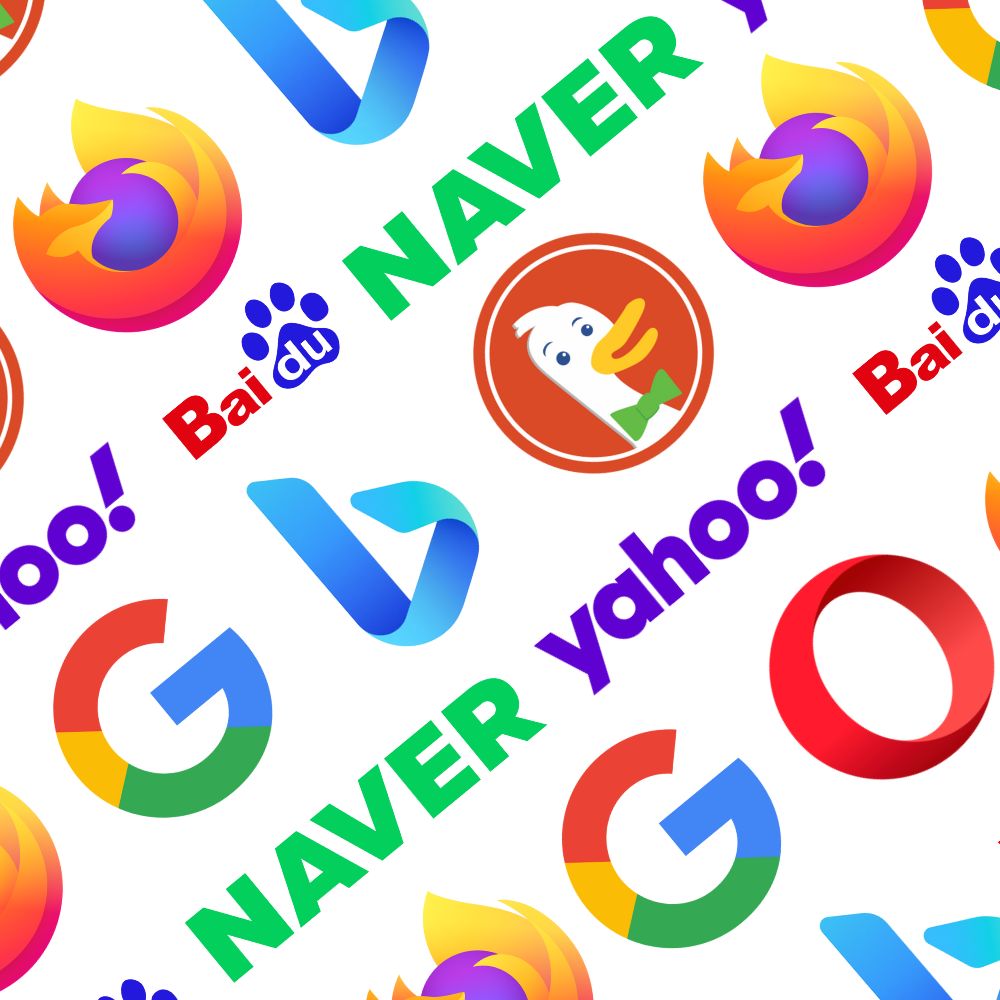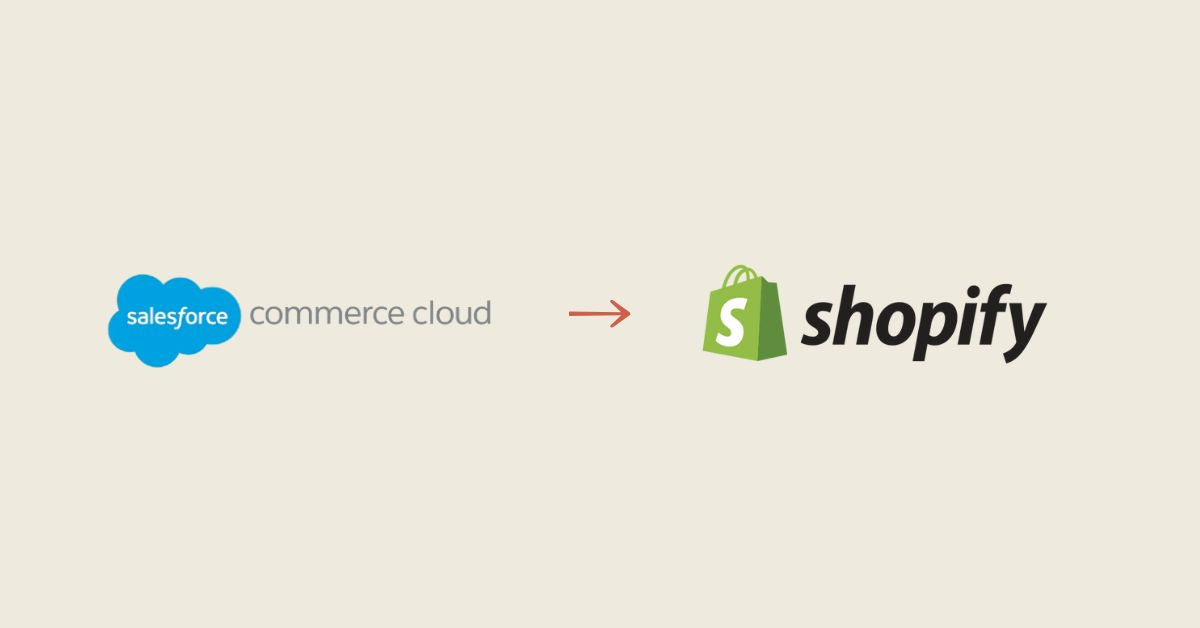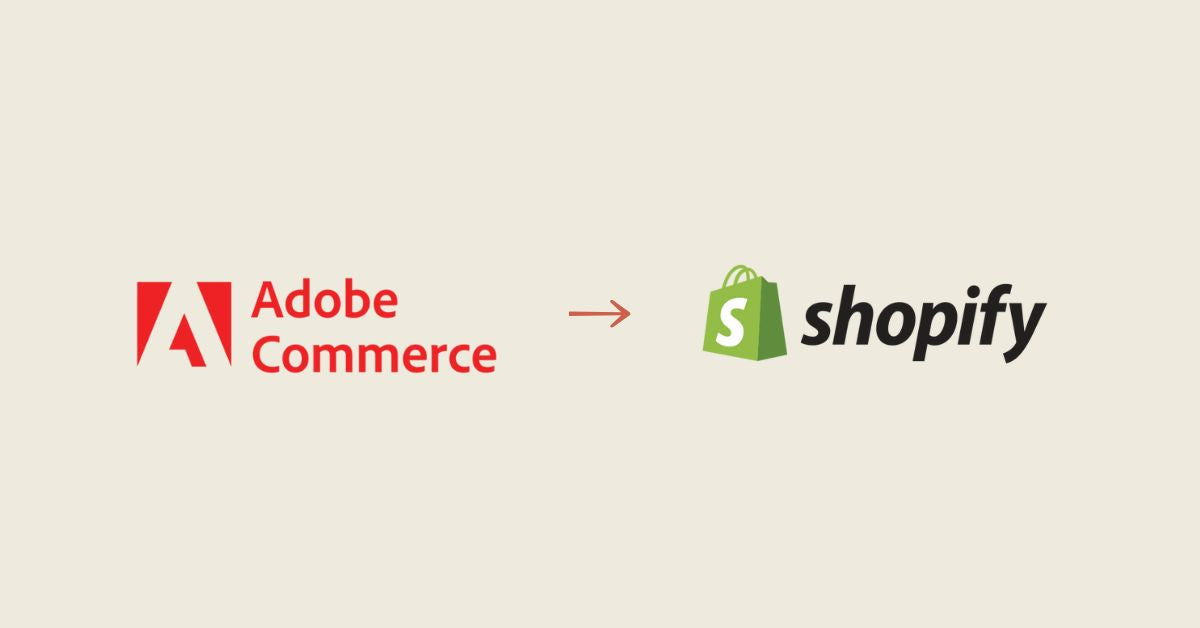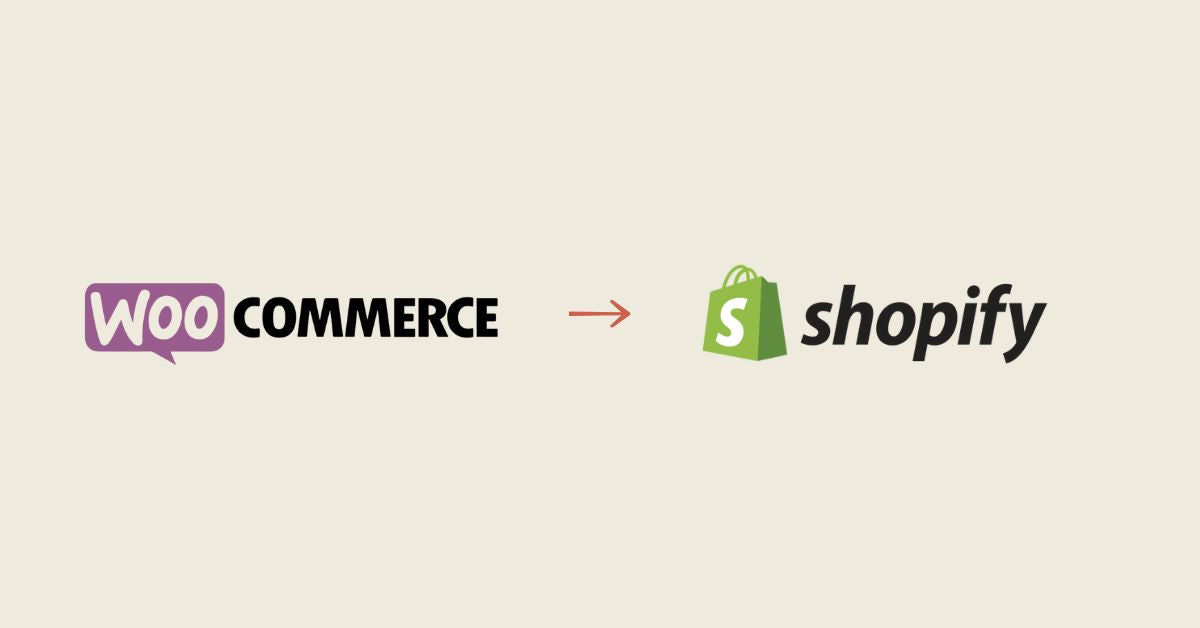Introduction
Artificial intelligence is transforming the way your future customers search, discover, and interact with your brand. From Google to ChatGPT, Perplexity, Bing Copilot, and voice assistants, businesses no longer just need to rank in traditional search engines. They now need to think Search Everywhere.
In this easy-to-understand guide, we explain how to appear in AI-generated responses, how to adapt your content, and most importantly, how to keep your place in a world where clicks are no longer guaranteed.
Understanding the Evolution of SEO to AI
Traditional SEO—content, technical, and backlinks—remains the foundation. But artificial intelligence has introduced three new disciplines that are transforming your visibility:
-
GEO (Generative Engine Optimization): get cited in responses generated by AI like Google SGE or ChatGPT.
-
AIO (AI Indexing Optimization): structure your content so that it is better understood by AI algorithms.
-
AEO (Answer Engine Optimization): clearly answer specific questions to aim for position zero and voice responses.
-
SXO (Search Experience Optimization): optimizing the user experience to convert visitors into customers.
Check out the complete guide: The SEO Guide in the Age of Artificial Intelligence
To go beyond traditional SEO, an innovative GEO agency can help you integrate structured data, strengthen your authority, and position you as a trusted source for AI.
Comparison of traditional SEO approaches vs. AI
| Approach | Main objective | Result format | Platforms concerned |
|---|---|---|---|
| Classic SEO | Positioning in organic results | Links in search results | Google, Bing |
| GEO | Be cited in generated responses | Summary paragraph, summary | Google SGE, Bing Copilot, Perplexity, ChatGPT |
| AIO | Structure for AI indexing | Well-understood, well-classified pages | Google, Bing, AI analysis tools |
| AEO | Answer specific questions | Position 0, snippet, voice assistant | Google, Siri, Alexa, ChatGPT |
| SXO | Improve the experience to convert | Better UX, conversion rate | Website, mobile, applications, integrated engine |
How to appear in ChatGPT or Perplexity?
These AIs do not “search” like Google. They:
-
Generate synthetic answers from many reliable sources
-
Sometimes cite sources in answers (Perplexity, Bing Copilot, SGE)
-
Do not guarantee a clickable link (ChatGPT rarely cites sites)
Key factors to appear
| Postman | Importance | Explanation |
|---|---|---|
| Structured content | High | H1-H3 headings, tables, lists, accessible formats |
| Domain credibility | Very high | AI favors trusted sources cited elsewhere |
| Relevance of the answers | High | Clarity, conciseness, educational tone |
| Structured data | Average | Schema.org Tags (FAQPage, Article, etc.) |
| Presence on other platforms | Average | Cross-linking, consistent content in YouTube, LinkedIn, blog, etc. |
How to optimize your SEO for artificial intelligence
1. Master classic SEO
This is the foundation. You need a fast, well-indexed site with quality pages.
Read: Classic SEO – the foundations
2. GEO – Appear in generative engines
Google SGE, Bing, Perplexity, ChatGPT navigate to create summaries.
Read: GEO – Generative Engine Optimization
3. AIO – Structuring your content for AI
AI works by entities, themes and semantics.
Read: AIO – AI Indexing Optimization
4. AEO – Respond to appear better
Position zero, voice assistants or FAQ modules require clear answers.
Read: AEO – Answer Engine Optimization
5. SXO – Optimize the experience to convert better
Make the experience seamless, mobile-first and conversion-oriented.
Read: SXO – Search Experience Optimization
Does it really work?
Yes. Brands are already seeing their names and pages appear in AI responses. The key: quality, structure, and credibility. AIs look for reliable, comprehensive, and well-written content. The approach isn't magic, but it is strategic.
Glossary of key terms
| Term | Simplified definition |
|---|---|
| SEO (Search Engine Optimization) | Optimized to appear in classic Google results |
| GEO (Generative Engine Optimization) | Optimization for AI engines like SGE or Perplexity |
| AIO (AI Indexing Optimization) | Structuring content so that it is well understood by AI |
| AEO (Answer Engine Optimization) | Optimized to answer questions directly and appear in position 0 |
| SXO (Search Experience Optimization) | Improving the on-site experience to convert visitors |
| Zero position | Box or direct answer displayed at the top of Google |
| Structured data | Code added to pages to better explain their content to search engines |
| SGE (Search Generative Experience) | Google's generative search experience using AI |
Simple techniques to improve your presence in AI
-
Answer specific questions in your blog posts (FAQ format)
-
Use clear headings (H1, H2, H3) and bulleted lists to structure
-
Add structured data to your pages (FAQ, Article, Product, etc.)
-
Create long, detailed content that covers a topic thoroughly
-
Cross-link your pages and blog posts
-
Be cited by other credible sources (e.g. media, partners)
-
Avoid walls of text — keep your content airy
-
Analyze your pages with Google Search Console to improve their indexing
Additional sources and resources
To explore some of the concepts covered in this guide in more depth, here are some reliable and regularly updated external sources:
Conclusion
SEO isn't going away; it's evolving. Companies that adapt their content, structure, and user experience to the new demands of AI engines will gain a clear competitive advantage.
If you want to go further, explore the specific sections of our guide:















